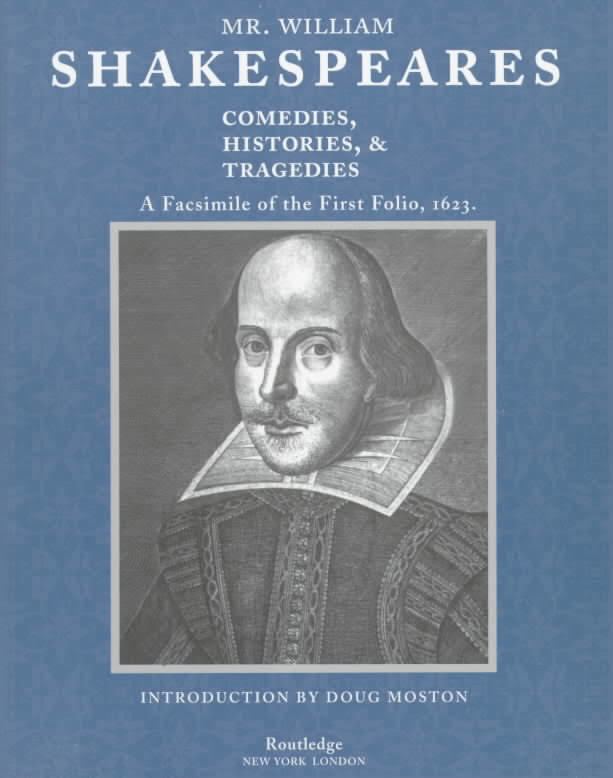Language Early Modern English Originally published 1632 Country England | Publication date 1632 | |
 | ||
Similar Works by William Shakespeare, Other books | ||
Shakespeare second folio john smethwick imprint 1632
Second Folio is the term applied to the 1632 edition of the collected plays of William Shakespeare, following upon the First Folio of 1623.
Contents
Much language was updated; there are almost 1,700 changes from the First Folio.
The major partners in the First Folio had passed from the publishing scene by the time of the Second Folio: William Jaggard—official printer to the city of London (17 December 1610)—had died in 1623, and his son Isaac died in 1627. Edward Blount, the third major partner, had sold his rights to Shakespearean plays to Robert Allot in 1630, and then died in 1632. Allot thus became the prime mover in the creation of the Second Folio. The two minor partners in the First Folio, William Aspley and John Smethwick, continued as partners in the Second Folio syndicate; Aspley owned the rights to Much Ado About Nothing and Henry IV, Part 2, while Smethwick owned the rights to Love's Labour's Lost, Romeo and Juliet, Hamlet, and The Taming of the Shrew. Allot, Aspley, and Smethwick were joined by two other publishers: Richard Hawkins and Richard Meighen. (Hawkins owned the rights to Othello, while Meighen owned the rights to The Merry Wives of Windsor.)
The printing of the Second Folio was done by Thomas Cotes. Individual copies of the Second Folio were issued with title-page inscriptions to each of the five publishers, in the format "printed by Thomas Cotes for Robert Allot," "...for William Aspley," etc. It appears that each of the booksellers in the syndicate took a specific consignment of the press run to sell at his shop, the size of the consignment depending upon his level of participation in the project. In all copies, though, a colophon at the end of the book gives the full list of publishers. By one account, the surviving volumes of the Second Folio inscribed for Robert Allot outnumber those for the other four publishers taken altogether, by about two to one — a fact that reflects Allot's dominance in the endeavour. The Hawkins imprint is "exceedingly rare," and "Not more than three or four copies are known with the Smethwick imprint...." Though all copies of the Second Folio are dated 1632, some in fact are remainder issues that were released as late as 1641 and after.
King Charles I owned a copy of the Second Folio, which became part of the library of Windsor Castle; Charles II's copy is in the British Museum. The so-called Perkins Folio, which John Payne Collier used for his forged emendations of Shakespeare's text, was a copy of the Second Folio.
